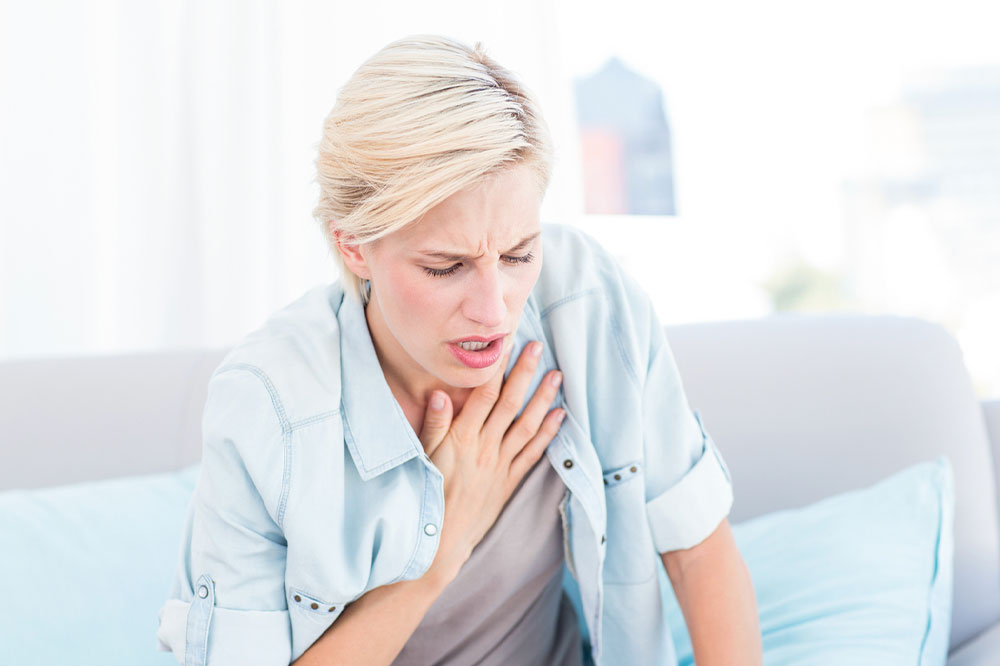
Wheezing – Signs, causes, and management options
Wheezing is when a person makes a hoarse sound every time they breathe. This “wheezing” sound is created because of issues in the respiratory system. Wheezing is usually a symptom in itself indicative of other severe health conditions. Nonetheless, this condition can also be problematic and interfere with how one lives. To know the condition better and treat it efficiently, here are some key details regarding this health condition:
Wheezing signs and symptoms
Healthcare professionals can diagnose wheezing and other similar diseases one may be having by detecting specific typical indicators, which include:
Labored breathing
Wheezing is often accompanied by shortness of breath as the lungs cannot hold adequate air due to swelling or blockages caused by mucus buildup. This makes a person’s breathing laborious and occasionally painful when they have wheezing.
Whistling sound while one inhales and exhales
The characteristic sound one makes while wheezing is a high-pitched whistling tone as one inhales and exhales oxygen and carbon dioxide, respectively. This happens because the air they breathe travels through narrowed breathing tubes, such as the bronchi, the bronchioles, and the alveoli, in their respiratory system. This is similar to how a flute creates music when air goes through its narrow cylindrical structures.
Tightening of the chest
Certain health conditions that cause wheezing damage the airways of an individual. In such instances, the lining of the airways becomes clogged with mucus. In some cases, the airways can also collapse, resulting in a sensation of chest tightness in individuals, caused mainly by the constriction of the airways.
Wheezing causes
Several respiratory disorders mainly cause wheezing. Here are some of how people develop wheezing:
- Bronchitis
- Chronic obstructive pulmonary disease (COPD)
- Pneumonia
- Asthma, whether it is allergic or exercise-induced
- Upper respiratory viral illness, such as a cold or a flu
- Anaphylaxis
- Bronchiolitis
- Childhood asthma
- Emphysema
- Foreign object inhaled
- Epiglottitis (swelling of the “lid” of the windpipe)
- Gastroesophageal reflux disease (GERD)
- Lung cancer
- Heart failure
- Obstructive sleep apnea
- Respiratory syncytial virus (RSV)
- Respiratory tract infection
- Vocal cord dysfunction
Apart from these, prescription-based products can also cause people to wheeze when they breathe.
Possible treatment options
Healthcare professionals, as well as patients themselves, can treat wheezing using the following treatment alternatives:
Drinking warm liquids
Warm liquids like herbal tea, hot chocolate, or warm water can help break up the thin stubborn mucus that generally blocks one’s windpipe and the airways. Apart from drinking hot liquids, one can even inhale moist air to open up the airways and make it easier to breathe for people experiencing various respiratory diseases.
Eating more fruits and vegetables
Foods like spinach, broccoli, bell peppers, kiwis, oranges, avocados, and tomatoes help bring vitamin C into the body. Vitamin C has antioxidative properties, making them a good food choice to fight inflammation, one of the leading causes of respiratory illnesses and wheezing.
Avoiding exercise in cold, dry weather
Exercising in a cold, dry environment causes one’s airways to tighten. As a result, when people breathe, they eventually start wheezing during workout sessions in that kind of climate.




